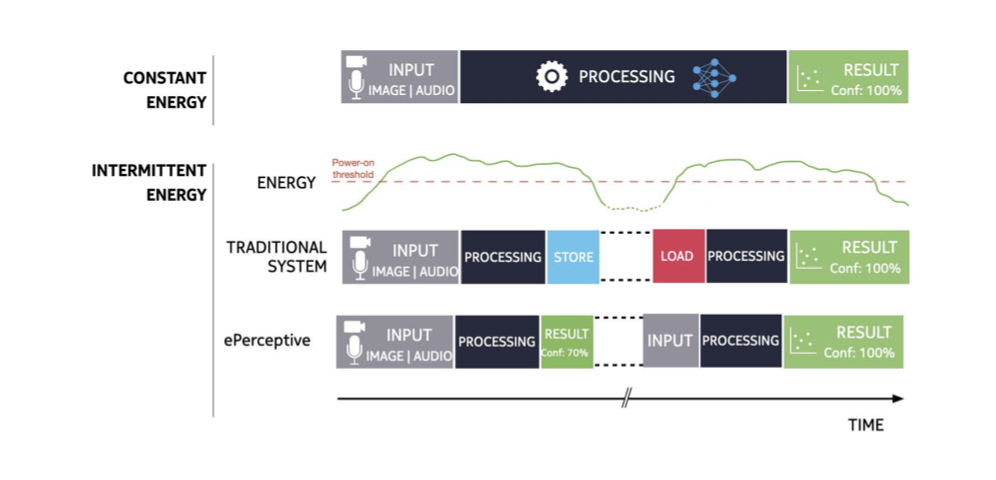@inbook{10.1145/3384419.3430782,
author = {Montanari, Alessandro and Sharma, Manuja and Jenkus, Dainius and Alloulah, Mohammed and Qendro, Lorena and Kawsar, Fahim},
title = {EPerceptive: Energy Reactive Embedded Intelligence for Batteryless Sensors},
year = {2020},
isbn = {9781450375900},
publisher = {Association for Computing Machinery},
address = {New York, NY, USA},
url = {https://doi.org/10.1145/3384419.3430782},
booktitle = {Proceedings of the 18th Conference on Embedded Networked Sensor Systems},
pages = {382–394},
numpages = {13} }

